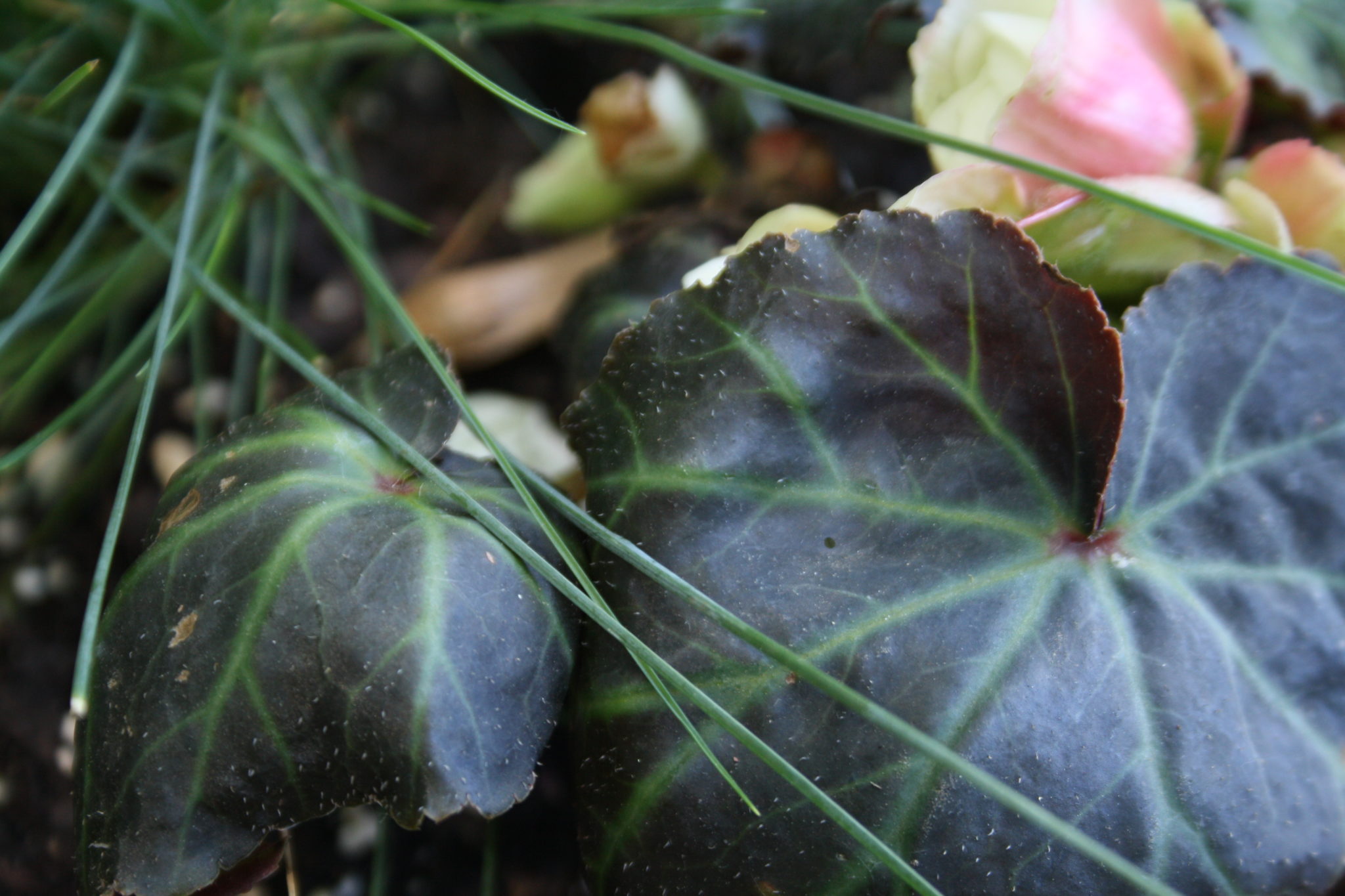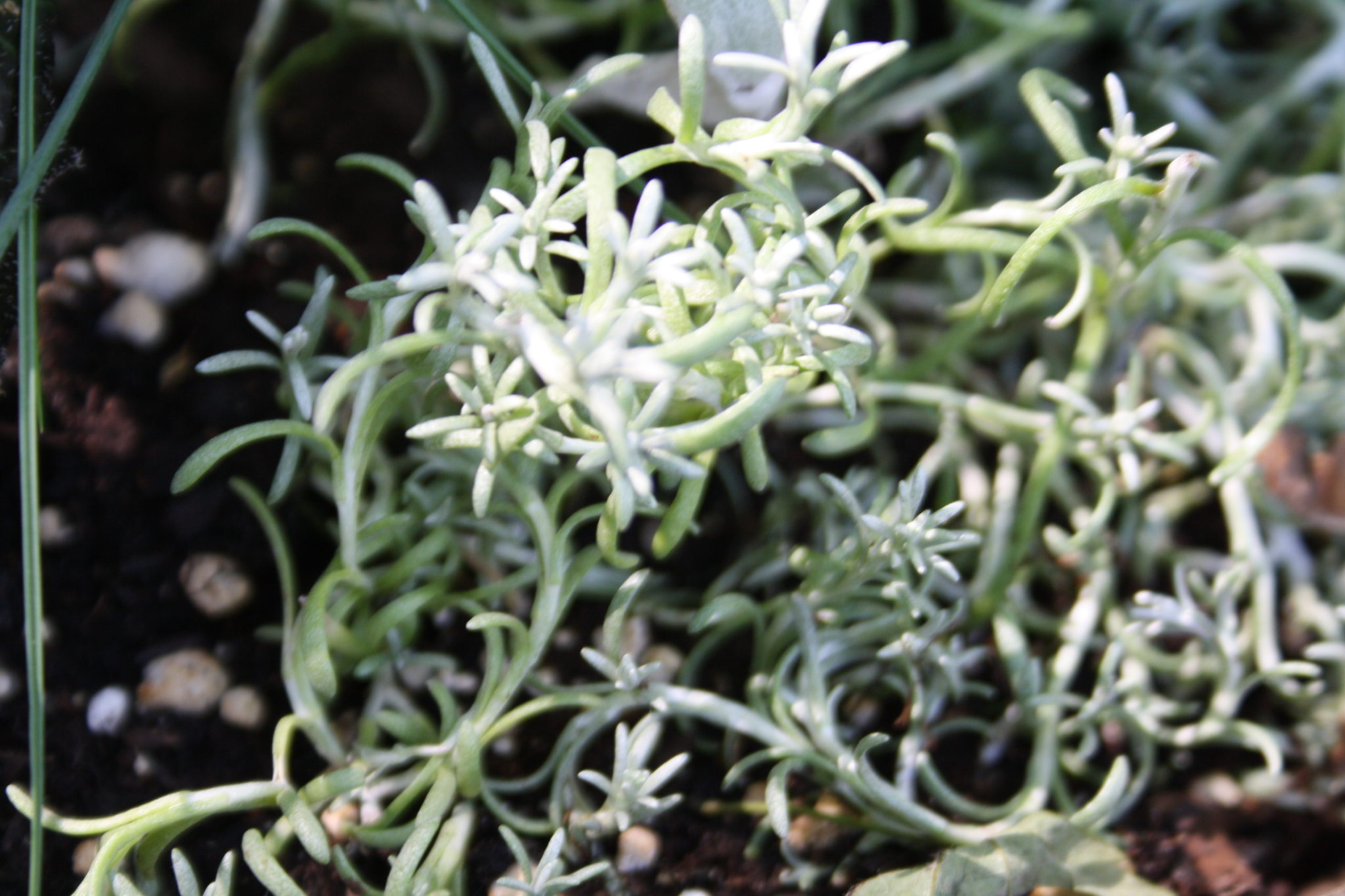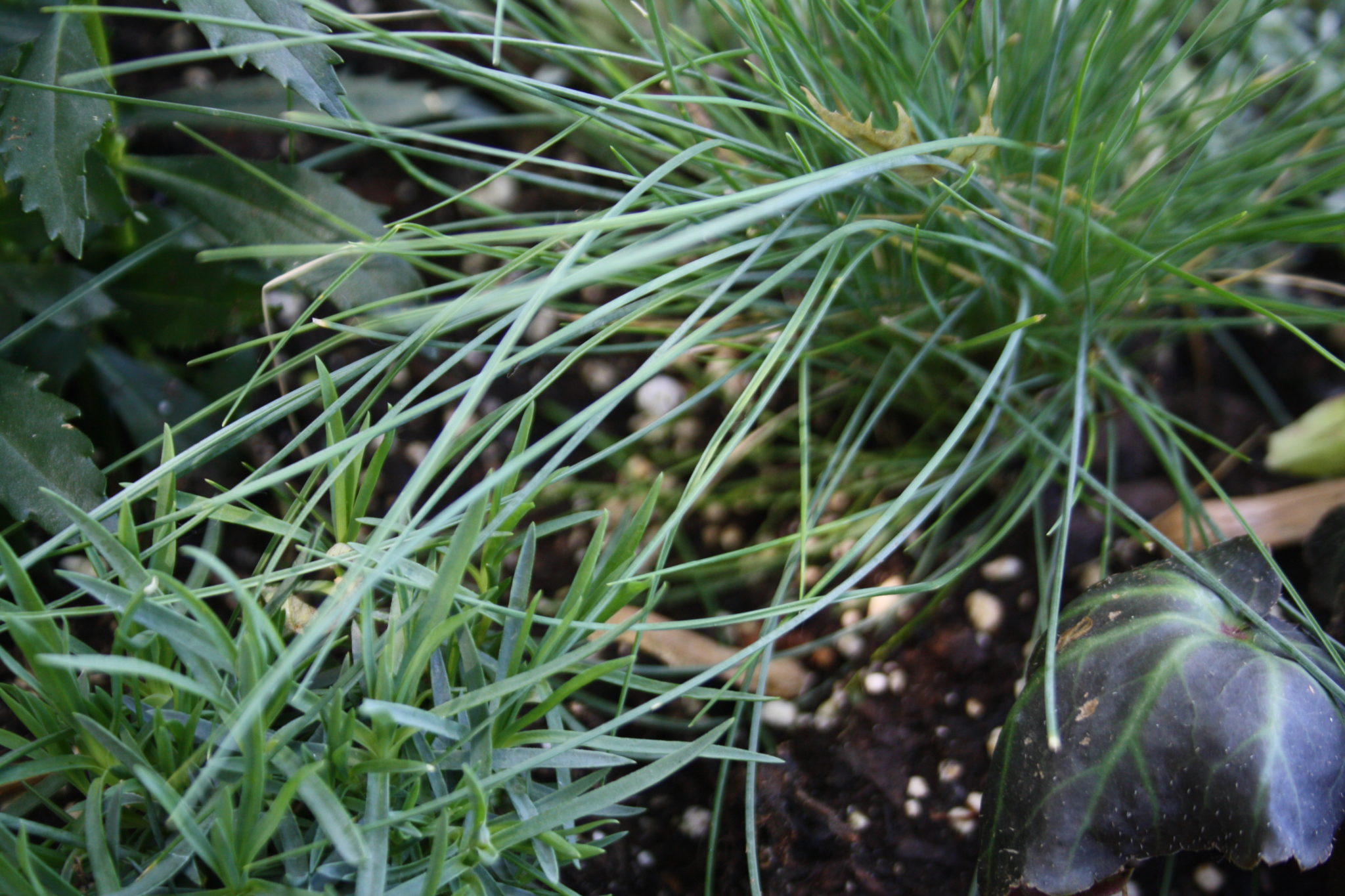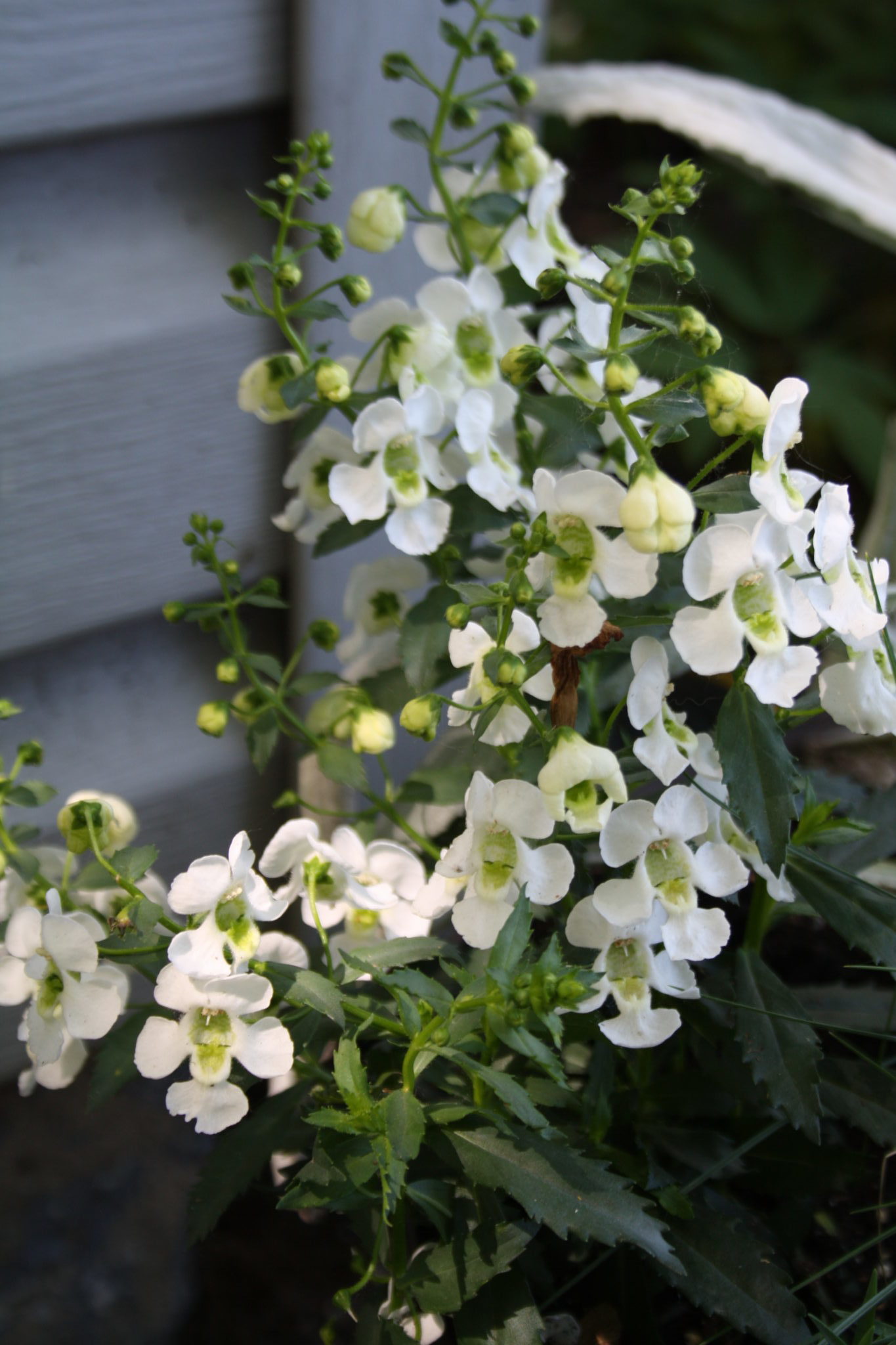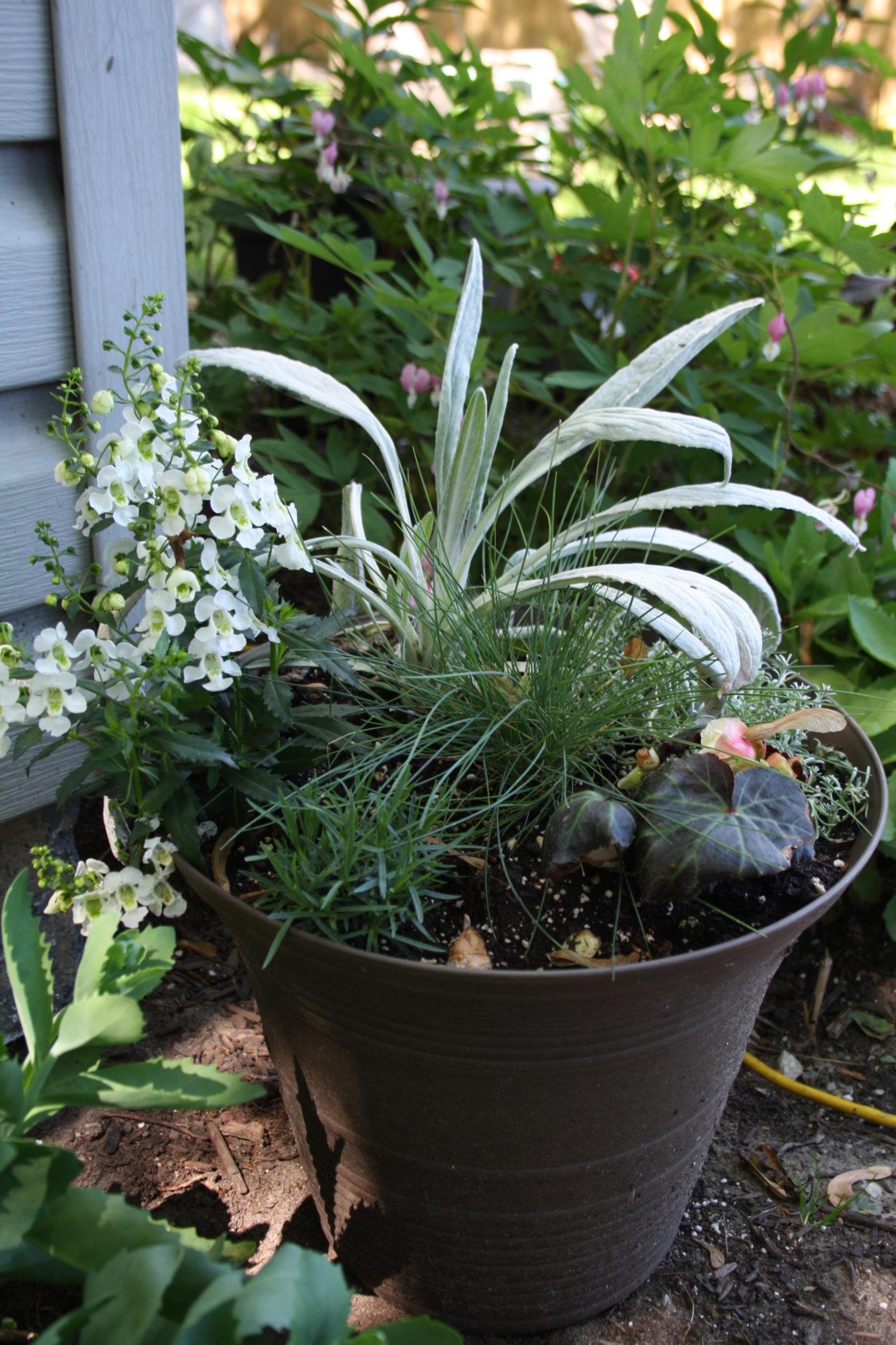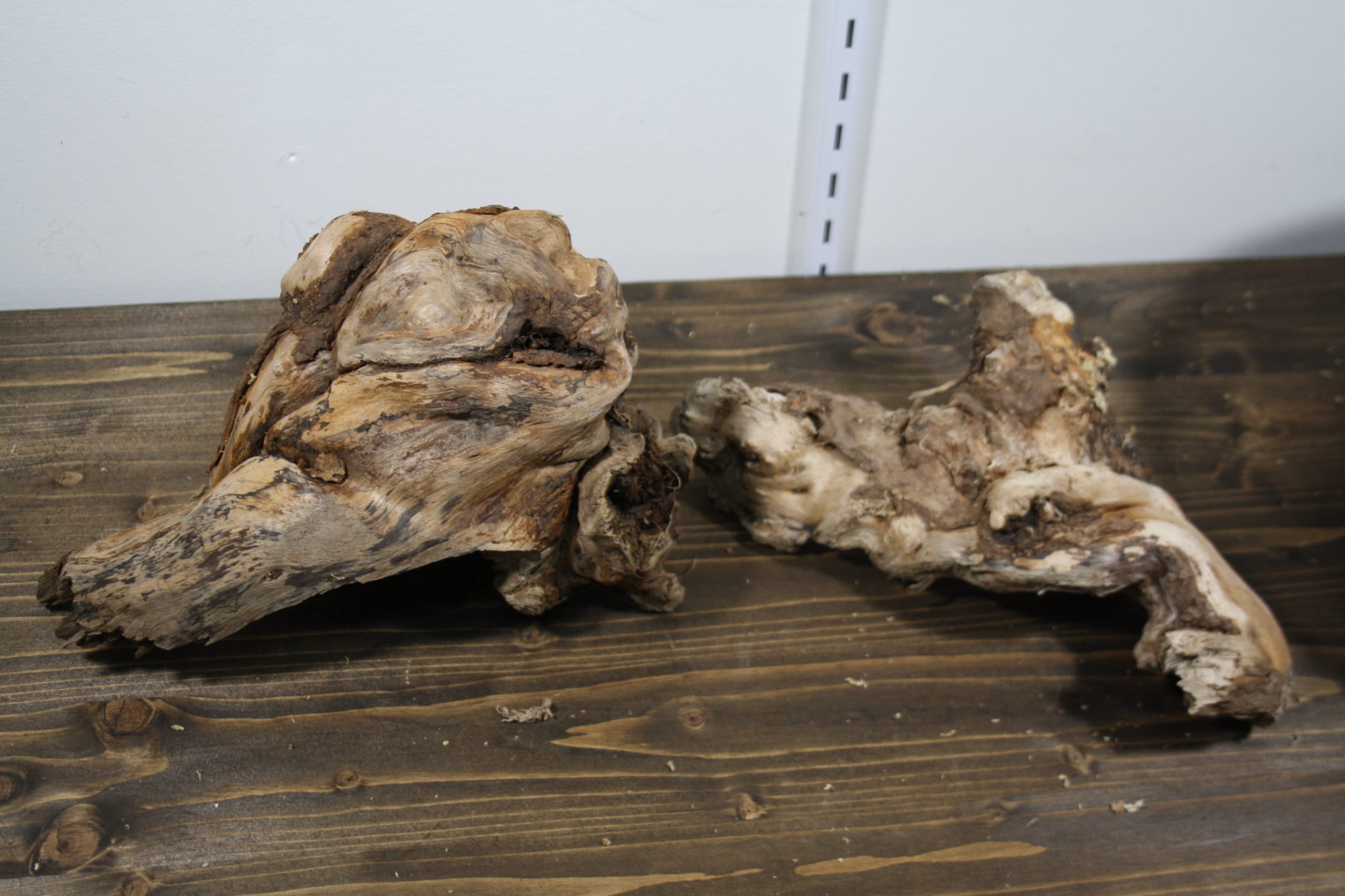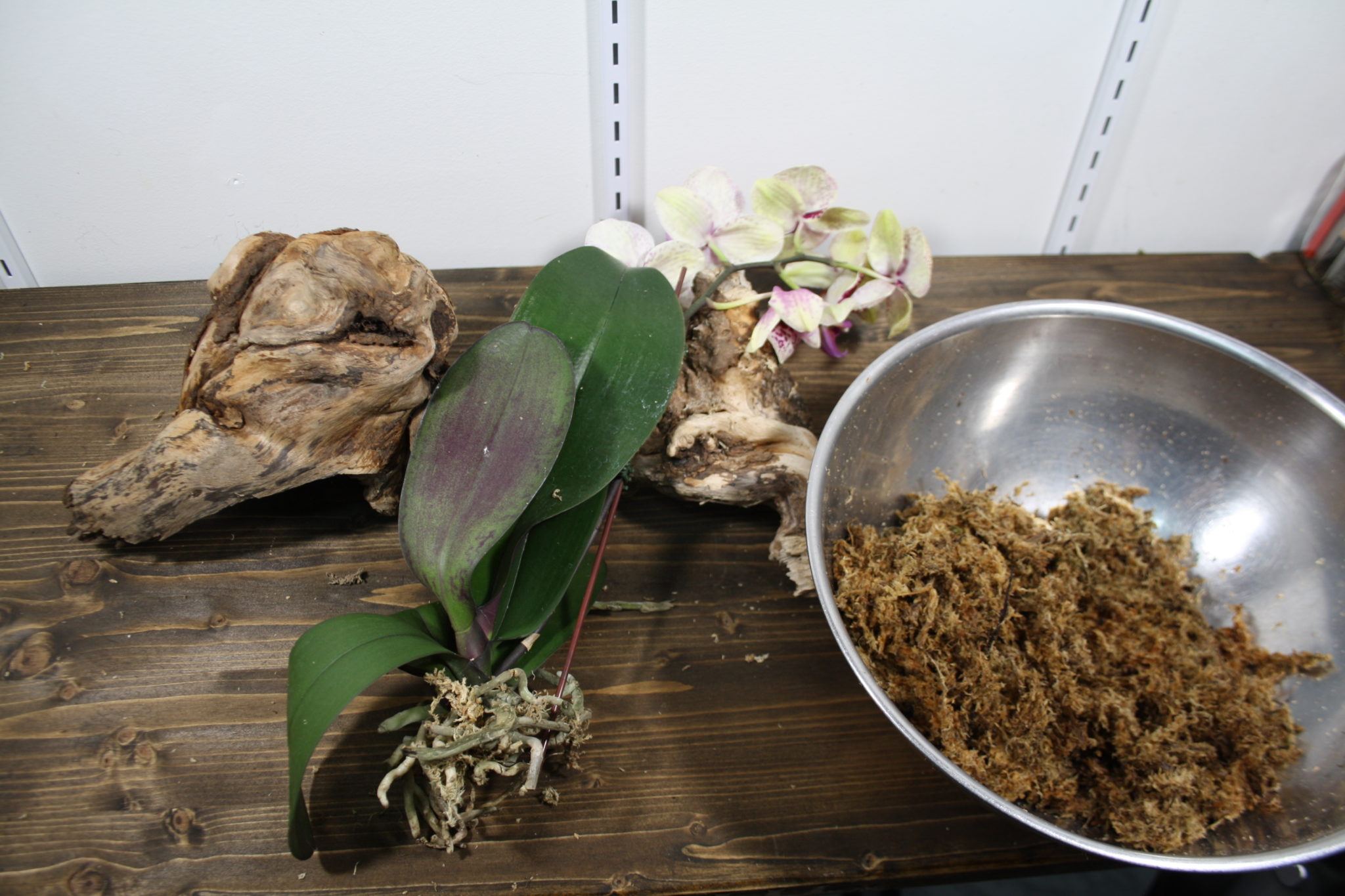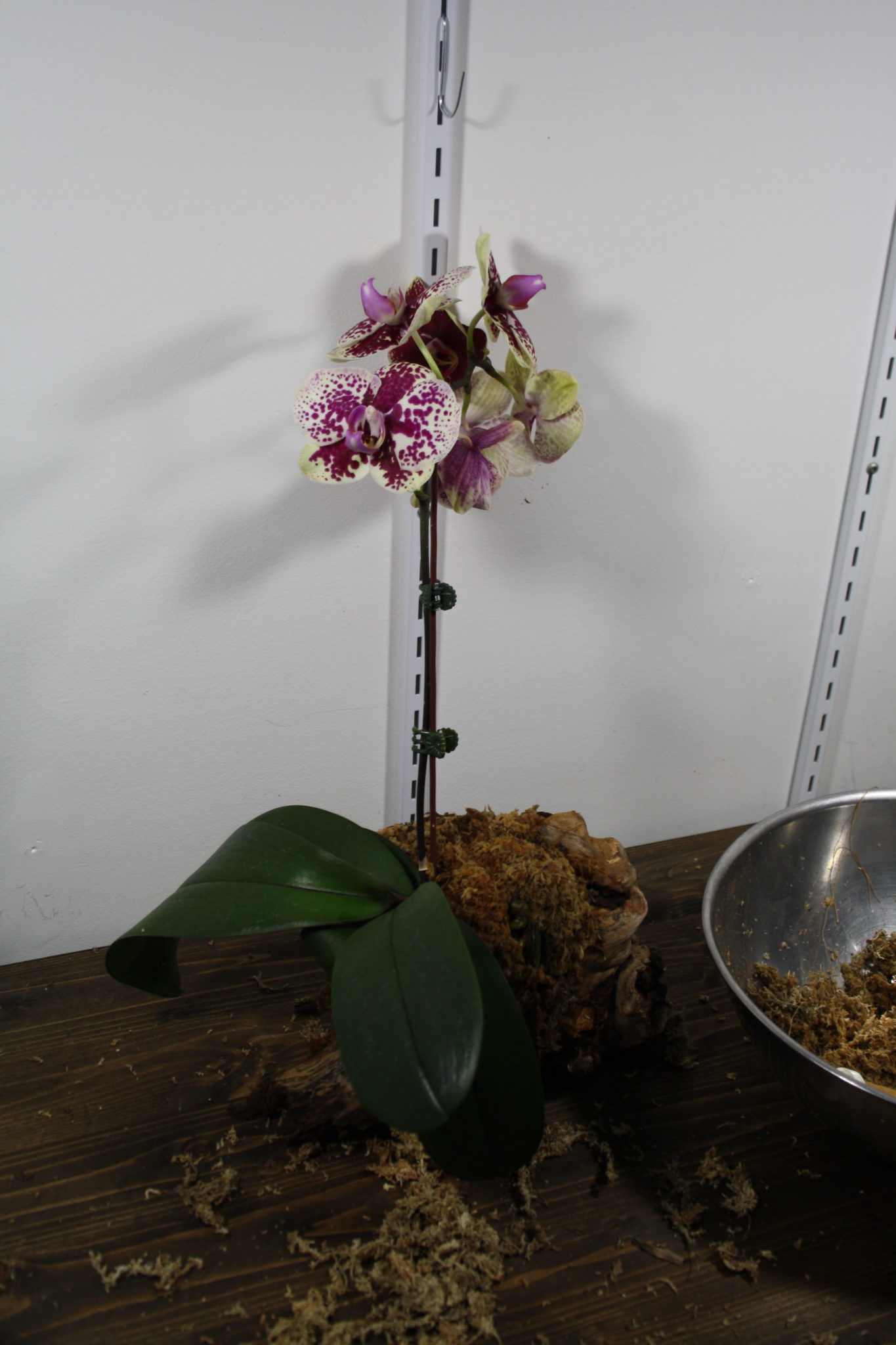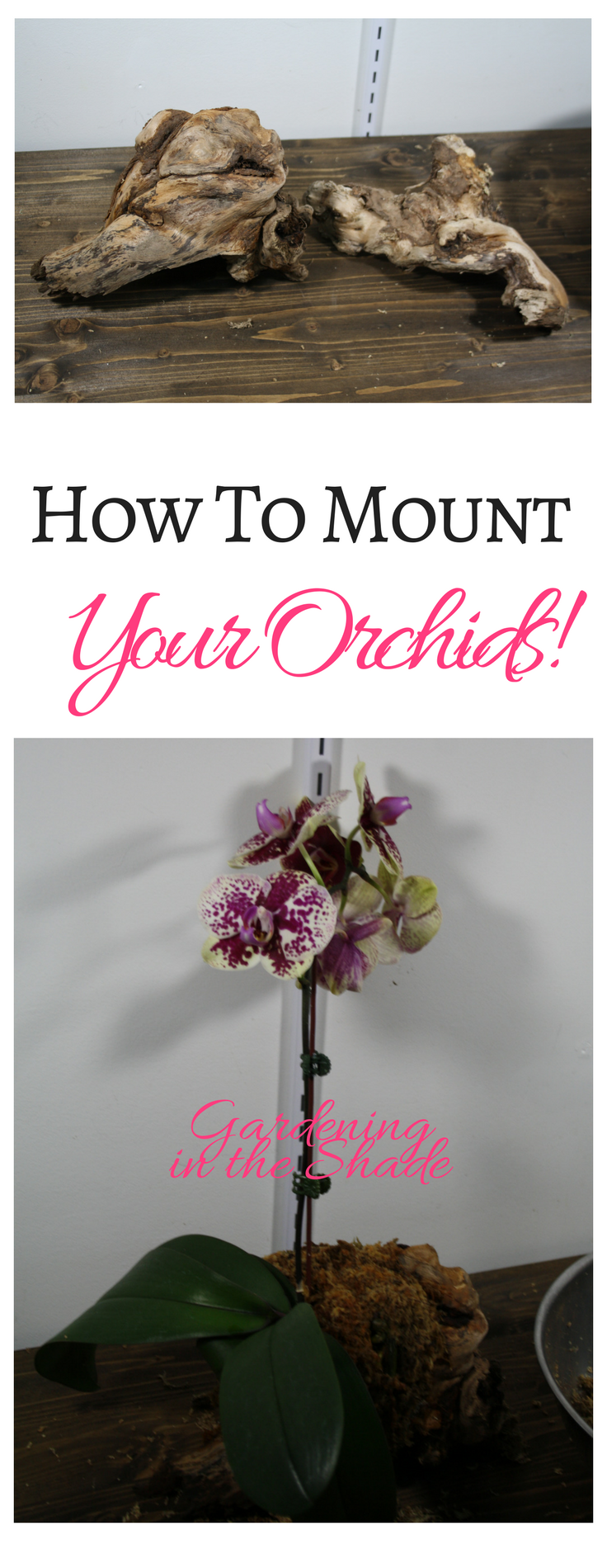I’ve tried before to attract hummingbirds to my yard, putting out feeders and diligently changing the nectar for a little while. They never came and eventually I lost interest. Every few years I would try again but it always went exactly the same, until last year. So here is everything I know about attracting hummingbirds and what finally worked for me.
The Feeder:
If you are trying to attract hummingbirds for the first time, a novelty feeder will not do. I know, I know, just a week or two ago I showed you how to make a novelty feeder from a glass spice jar. But you still need at least one feeder in your yard that we’ve already taught hummingbirds to look for.
The best style of feeder to start with is the one below (affiliate link) and I have a couple of reasons I prefer this type.
It’s familiar to Hummingbirds. From their winter homes all the way along their migratory route to their summer breeding grounds, people put out feeders and it is most often one that looks like this.

It’s easy to clean. Being made of glass and having a neck wide enough to fit a bottle brush makes this type the easiest to clean.
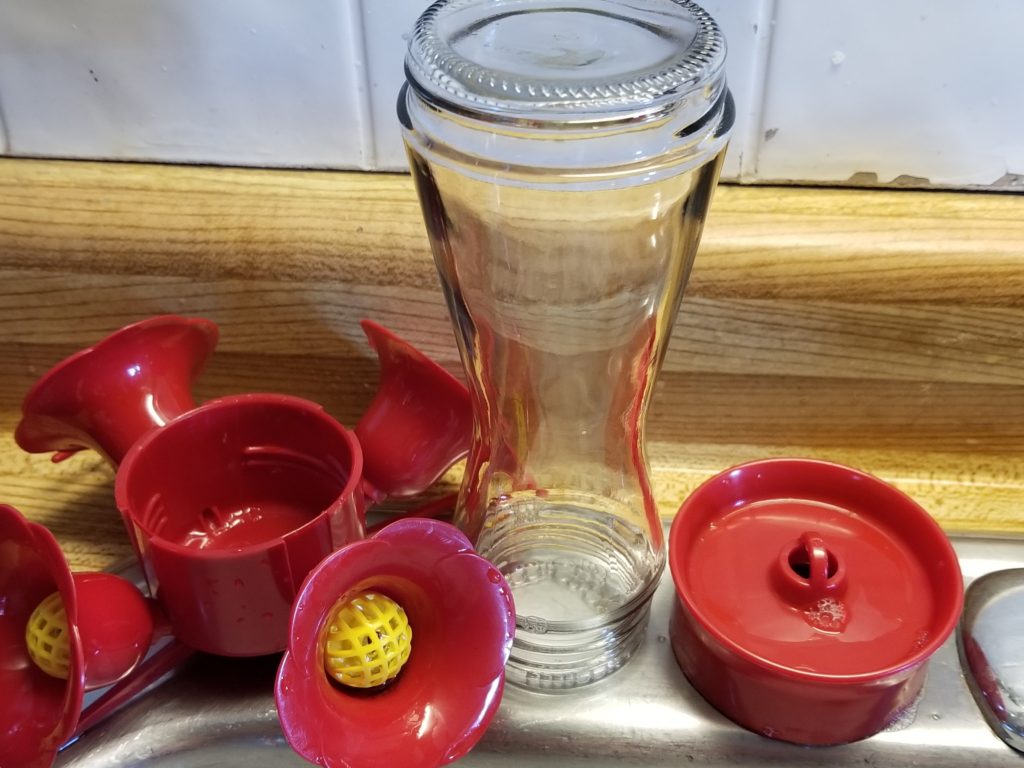
It has the bee guards, the ant moat, but the main thing I like is that it is small. Last year I cleaned and replaced the nectar ever week for a long time before I ever saw a hummingbird at the feeder. 8oz is not a huge amount to throw away.
Planting to attract hummingbirds.
Last year was a bit of an epiphany for me. I realized that my parents, who always have tons of hummingbirds squabbling at their feeders, also have tons of flowers in bloom throughout the season. Seriously, my mothers gardens are lovely and extensive. So I started looking at plants to add that would draw the tiny birds.
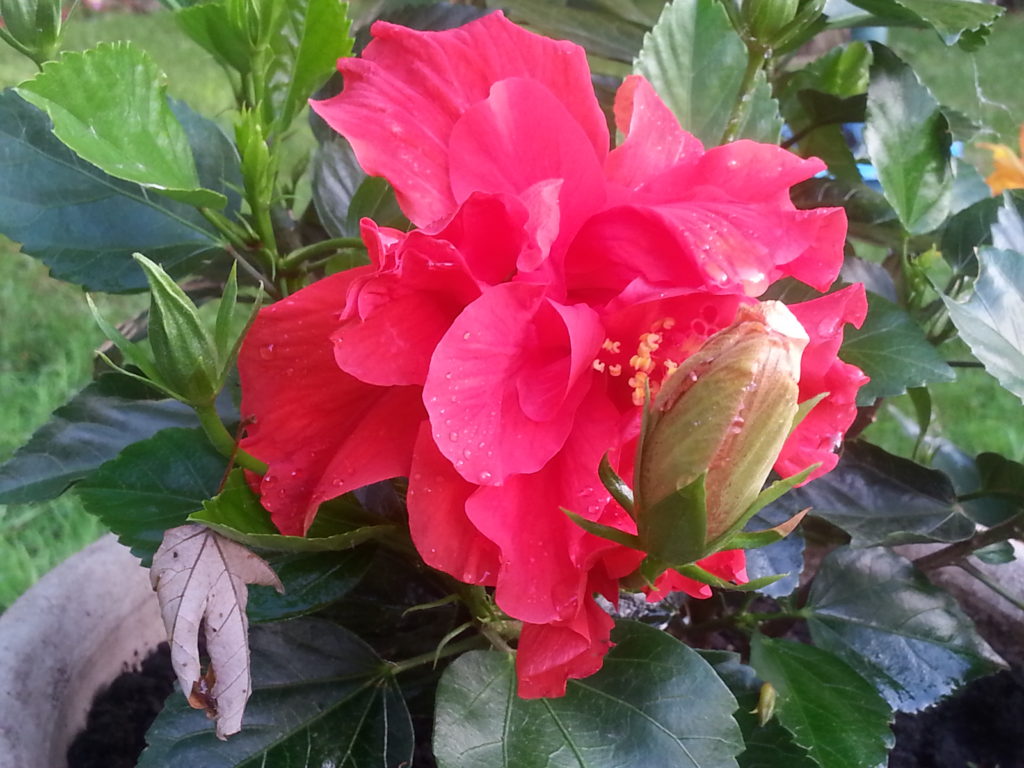
If it was red and the right shape for Hummingbirds, I bought it and planted it. Red Mandevilla, Cannas, Red Hibiscus, Red Nicotiana, I tried it all.
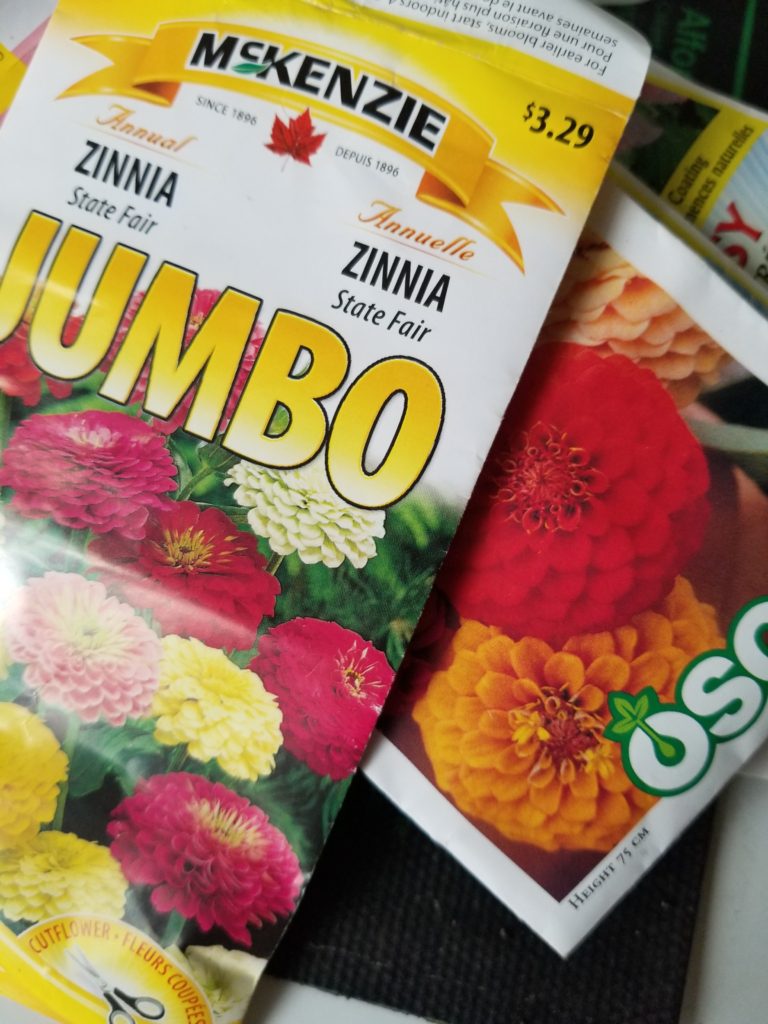 I also threw down a packet of zinnia seeds for other pollinators. Hummingbirds never came for any of it, until that packet of zinnia seed started to flower. Thanks to a packet of zinnia seed, I had hummingbirds until they made their fall migration. And if you have hummingbirds in the fall, they will check your yard out the following spring.
I also threw down a packet of zinnia seeds for other pollinators. Hummingbirds never came for any of it, until that packet of zinnia seed started to flower. Thanks to a packet of zinnia seed, I had hummingbirds until they made their fall migration. And if you have hummingbirds in the fall, they will check your yard out the following spring.
This spring I had my feeders out and ready – way before they were expected to arrive. And I started walking around looking at what I could add for early spring flower.
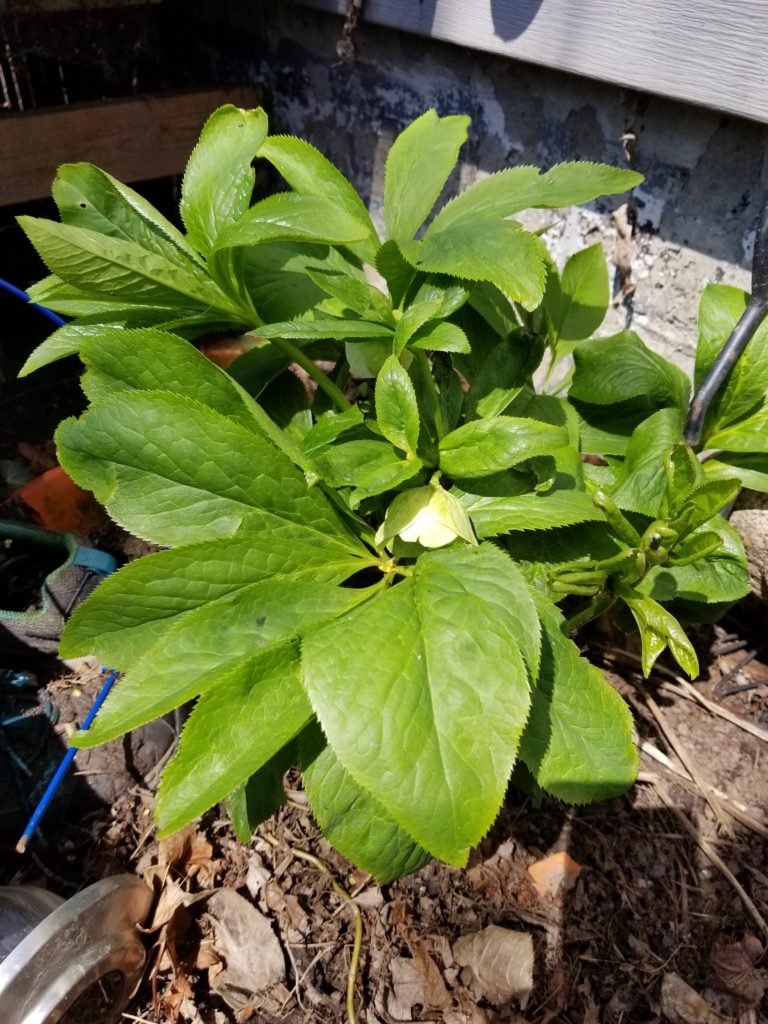
I had a few things already like Hellebore. I’ve seen it associated with Hummingbirds but I am a skeptical. It is pretty though and usually in flower around the same time as the daffodils.
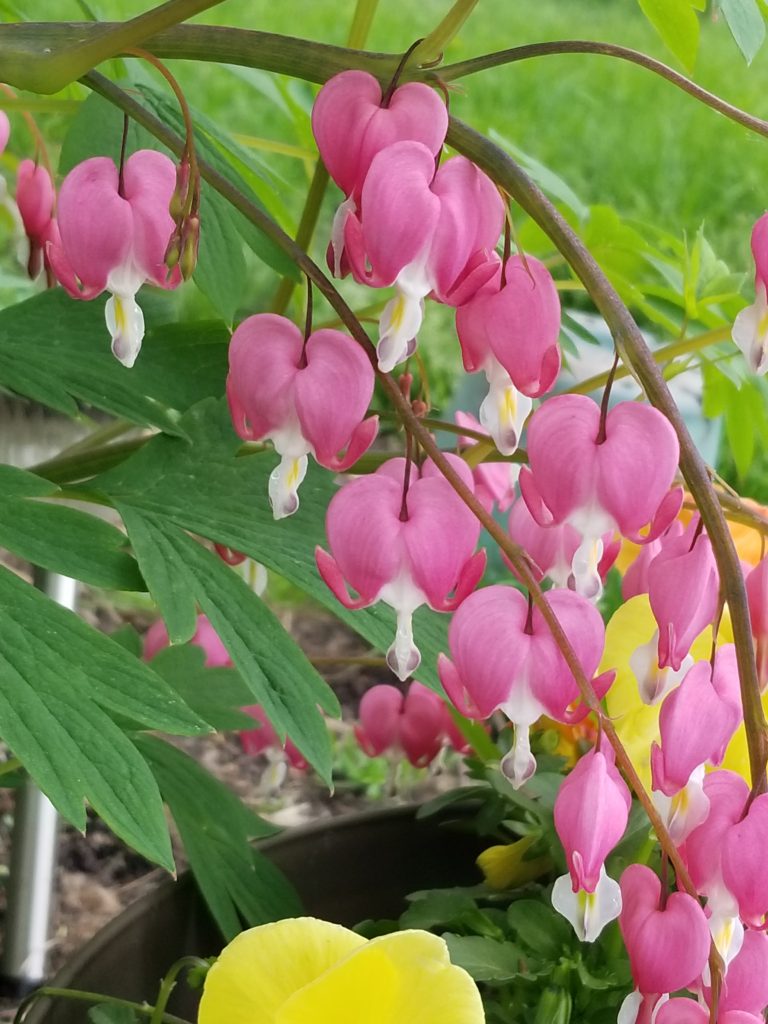
What shade garden would be complete without Bleeding Heart? Bonus, hummingbird like them.
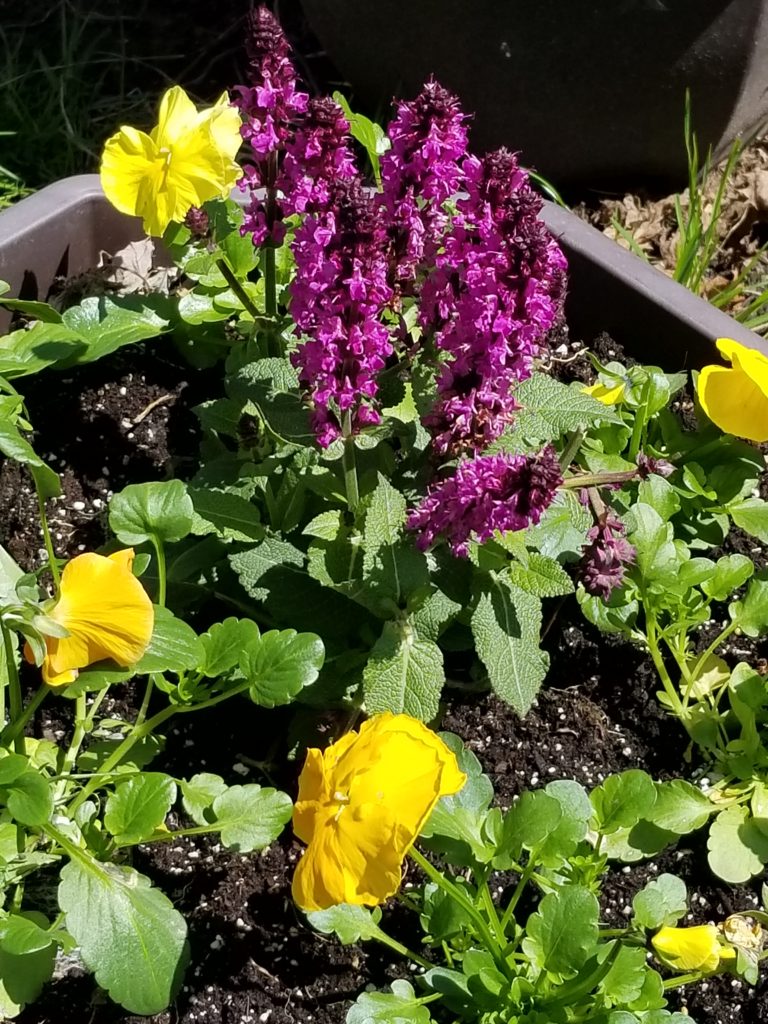
So from there, I added some Perennial Sage ‘Rose Marvel’ and pansies. Pansies do nothing for hummingbirds but I like them. The Salvia on the other hand has been getting plenty of action from the hummers. I suspect it would normally flower later, this one came from a greenhouse and may have been forced to flower just a bit earlier than normal.
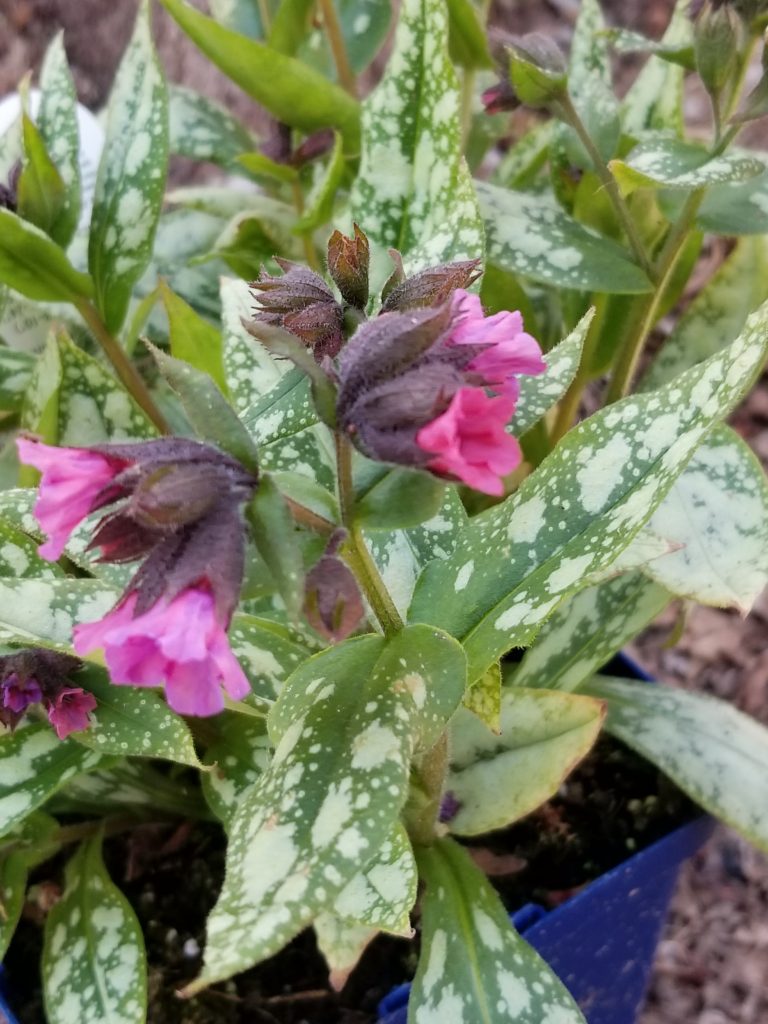
I’ve also added this plant – Lungwort is the common name. Pulmonaria ‘Silver Bouquet’ if you are looking for the proper name. There are some other cultivars that look very eye catching like Shrimps on the Barbie.
I also have some Bergenia Cordifolia to plant along with some Phlox subulata (creeping phlox). I should be well set for some early color next year to attract hummingbirds. And of course for this year, I have some zinnia to plant.


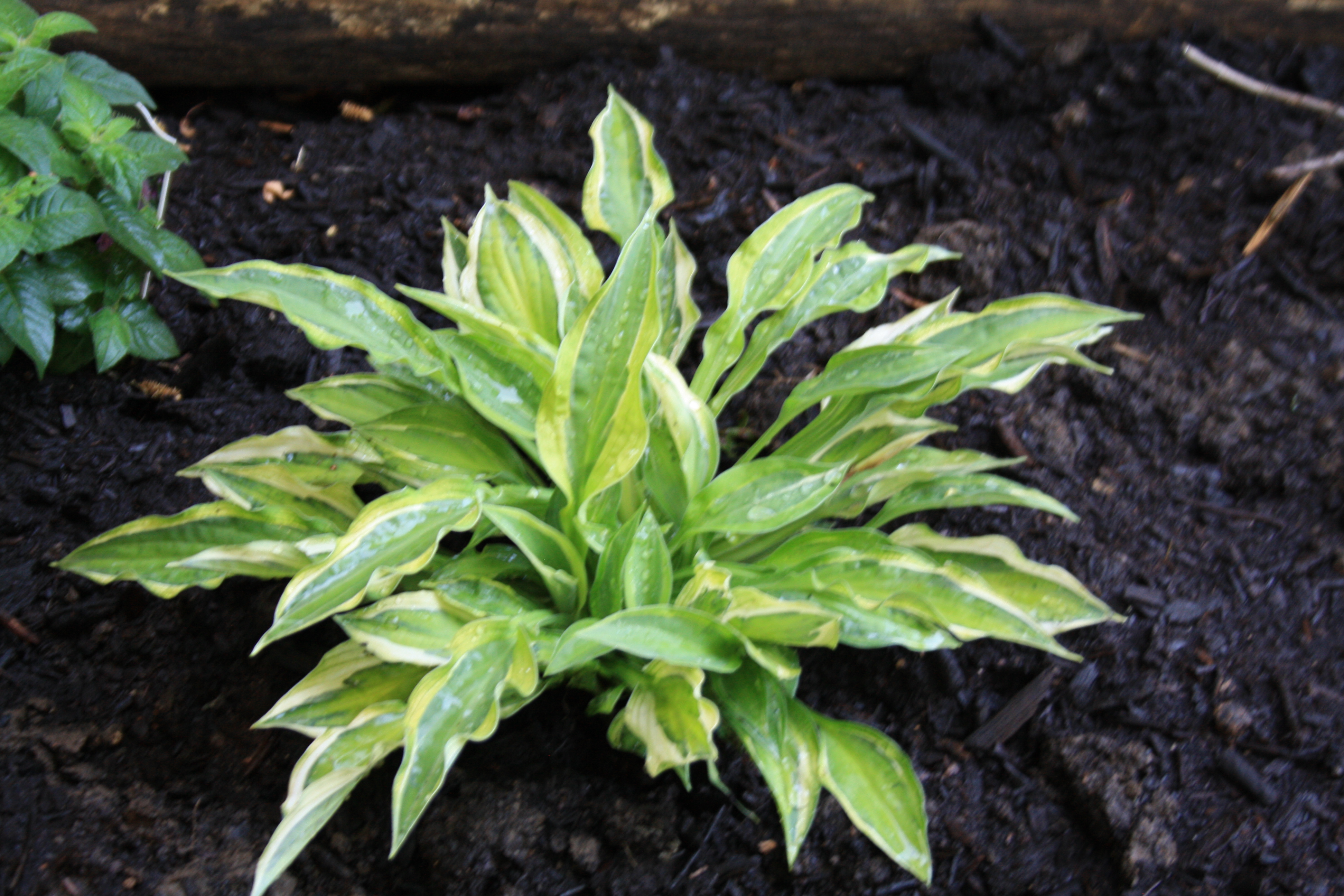 If you’ve got shade, more than likely you’ve also got Hosta. And if you’ve got Hosta you need to know about Hosta virus X, or HVX.
If you’ve got shade, more than likely you’ve also got Hosta. And if you’ve got Hosta you need to know about Hosta virus X, or HVX.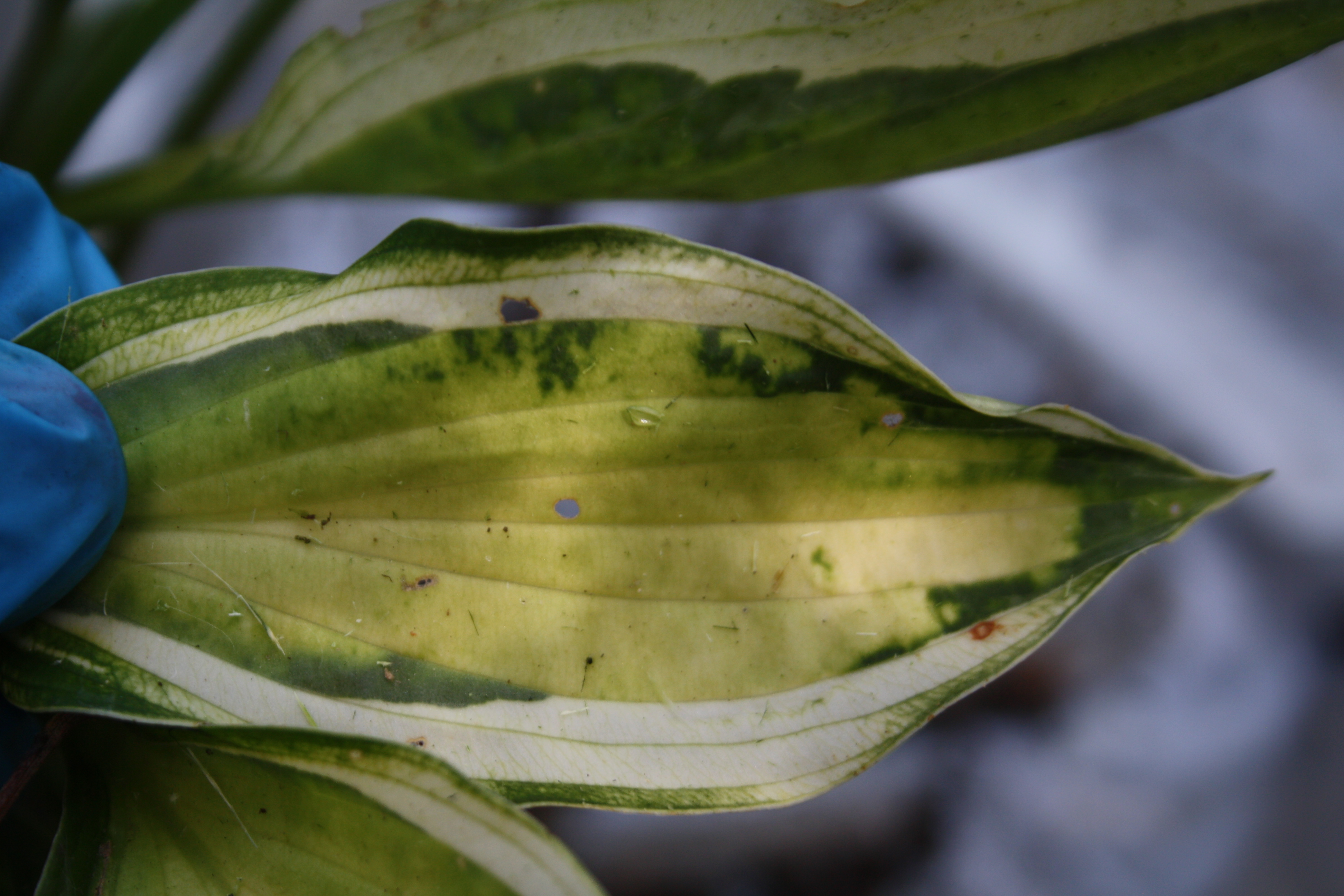
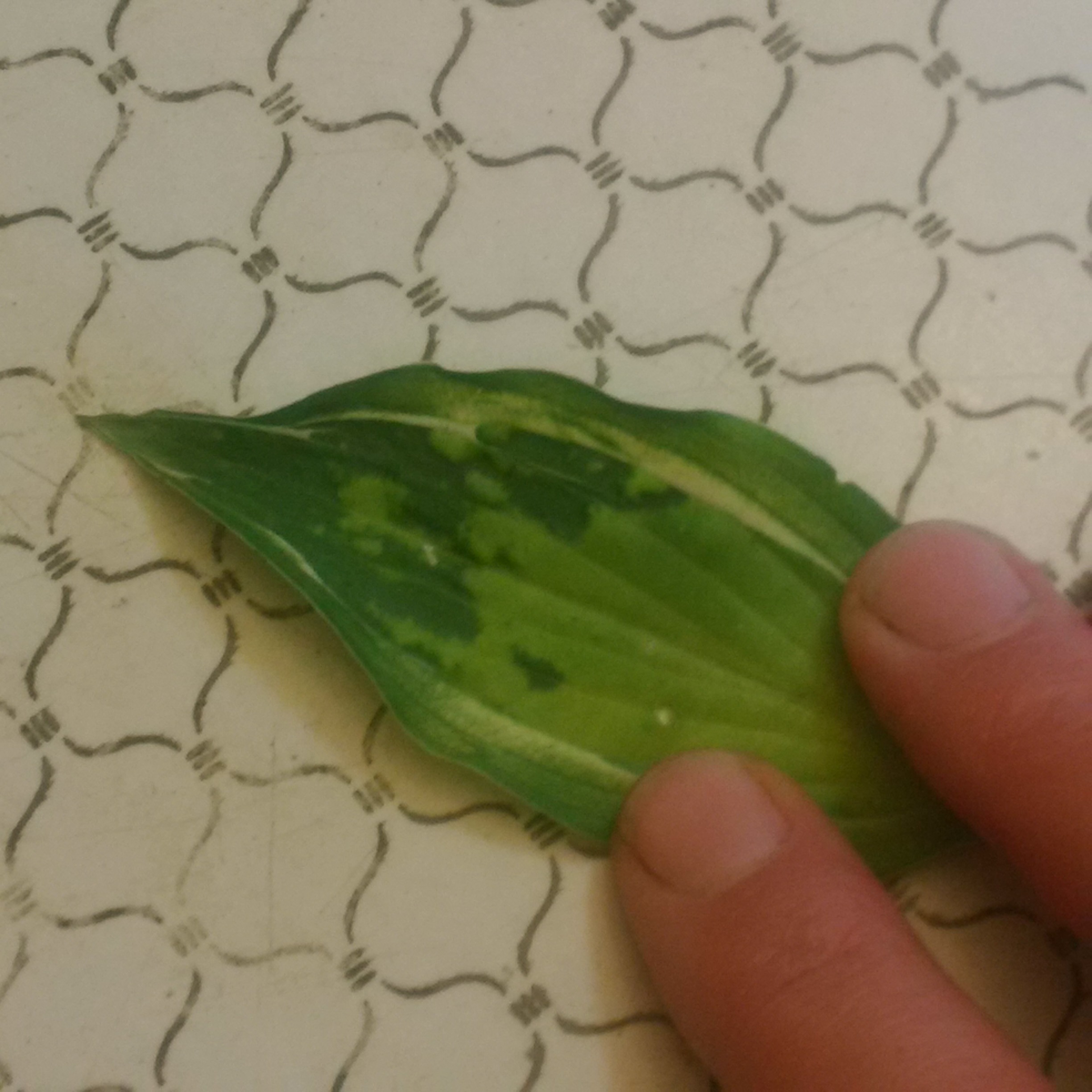
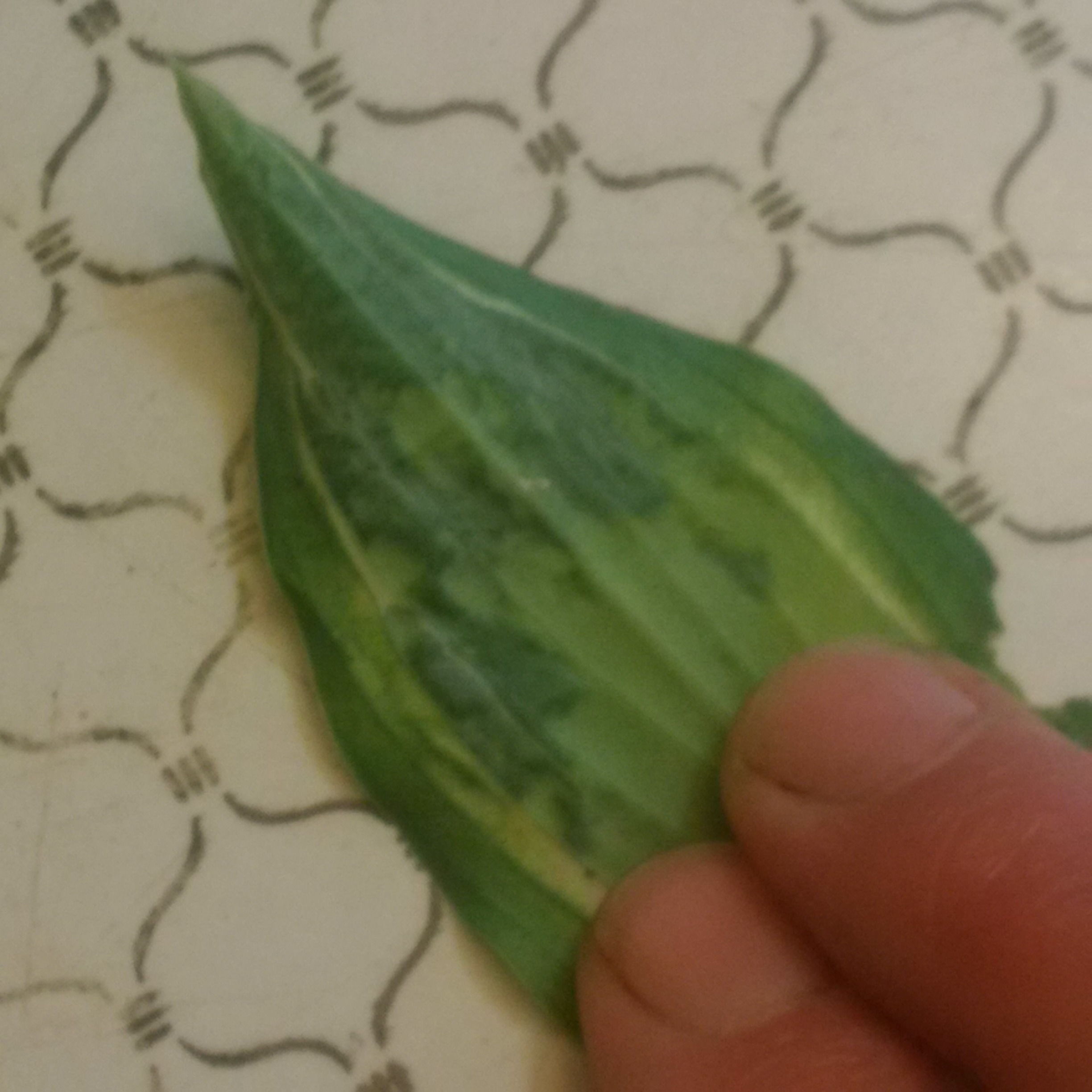
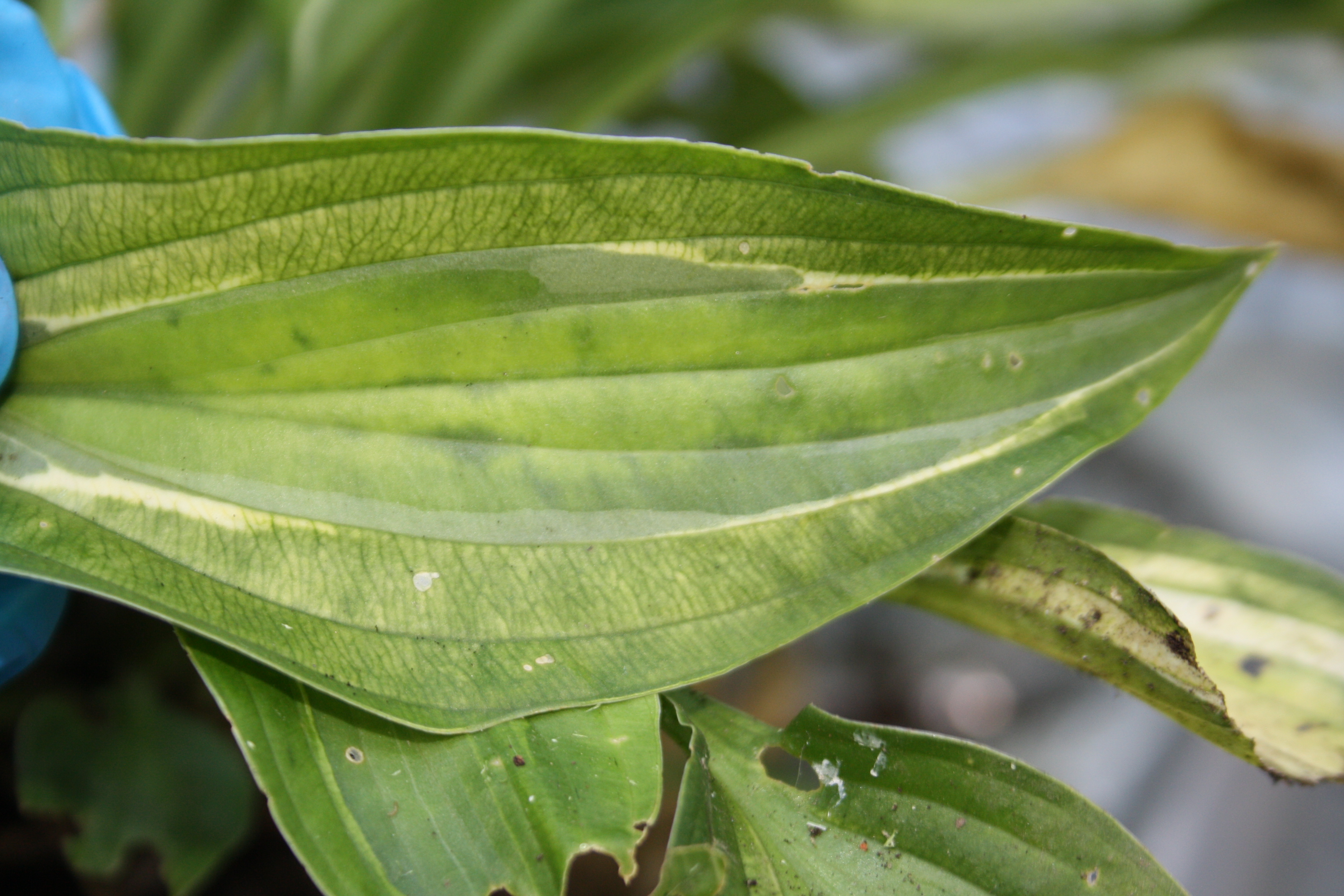
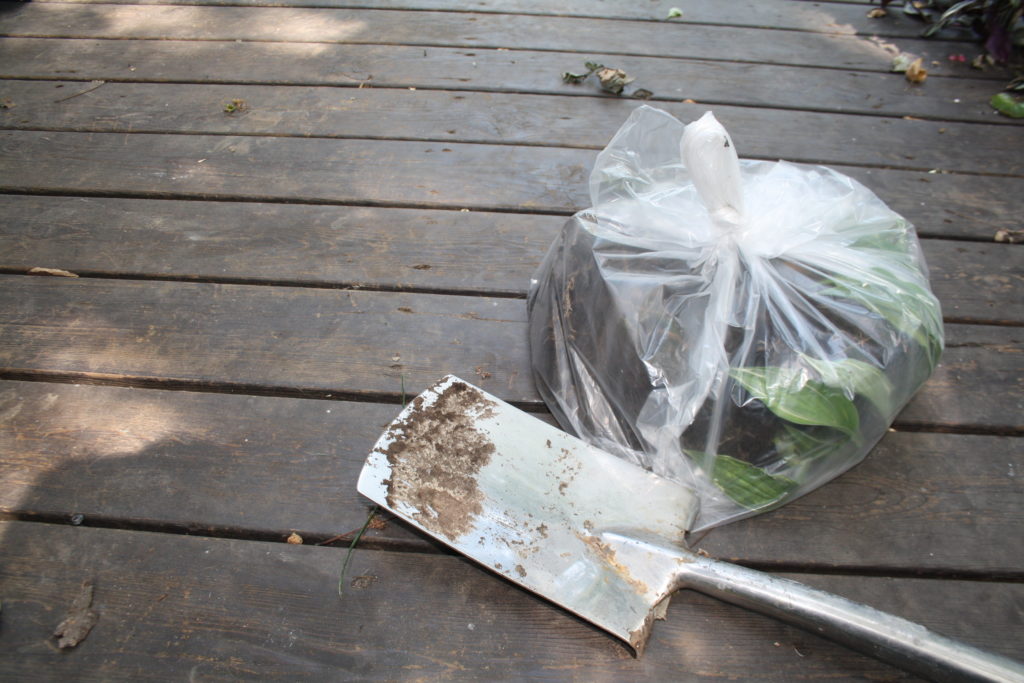
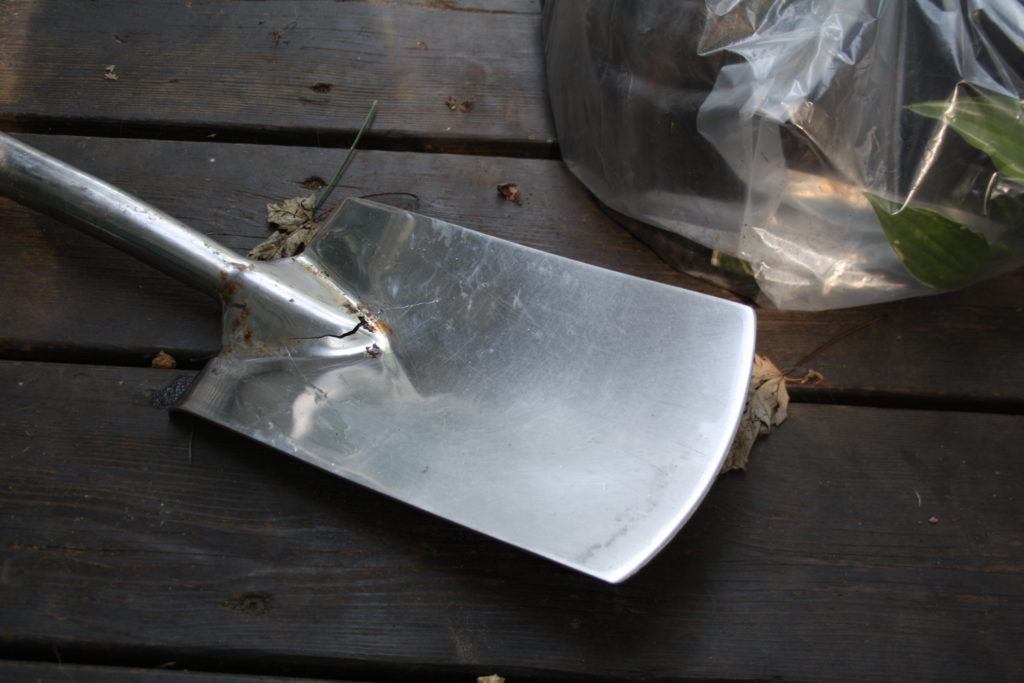
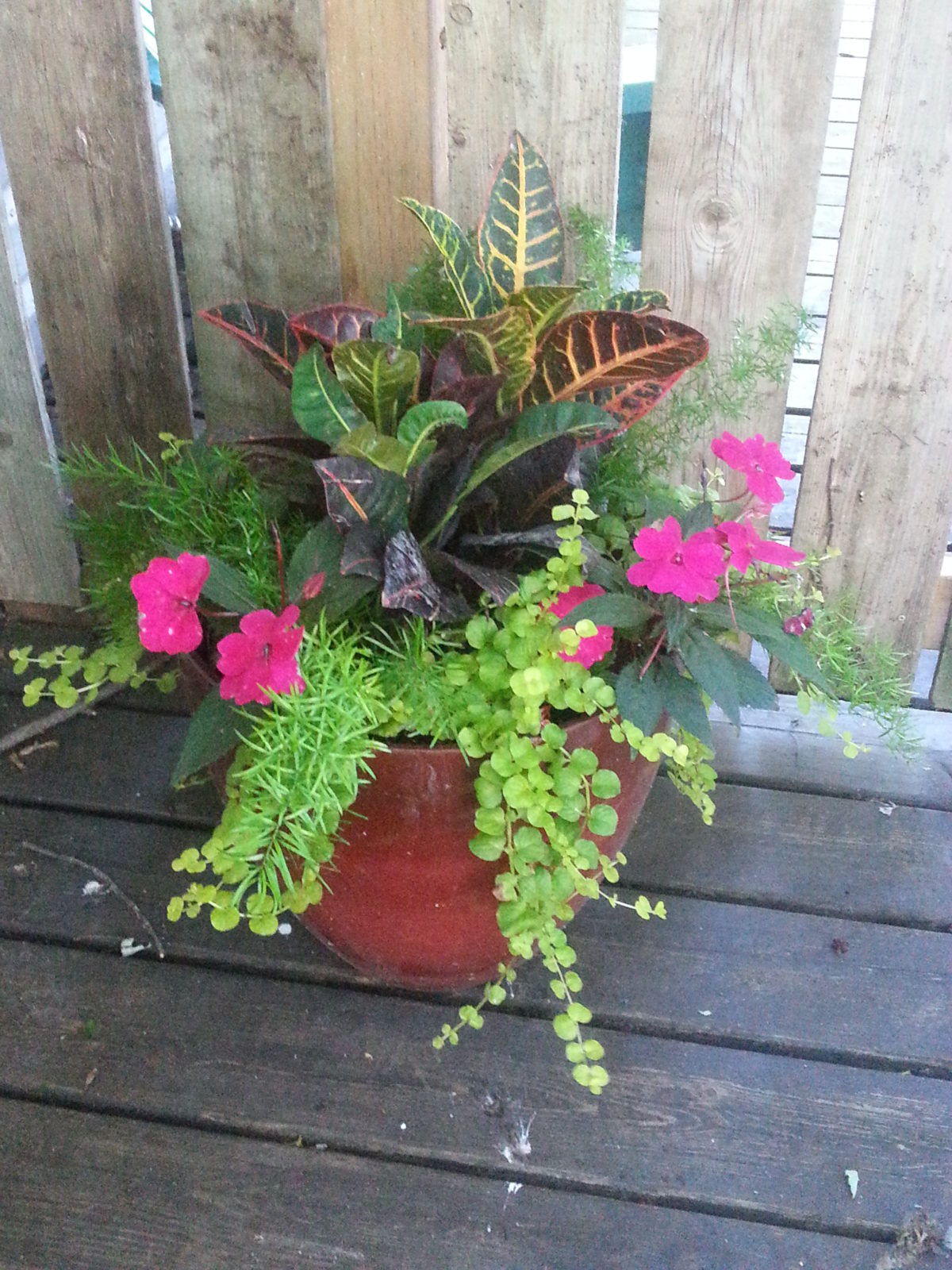
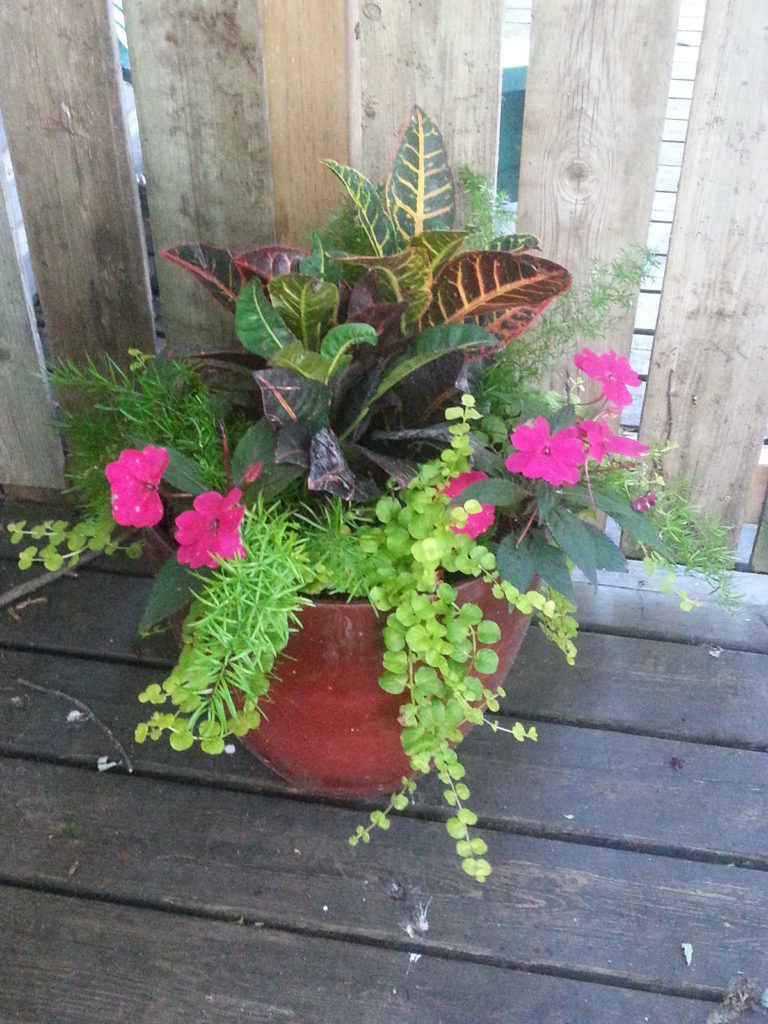

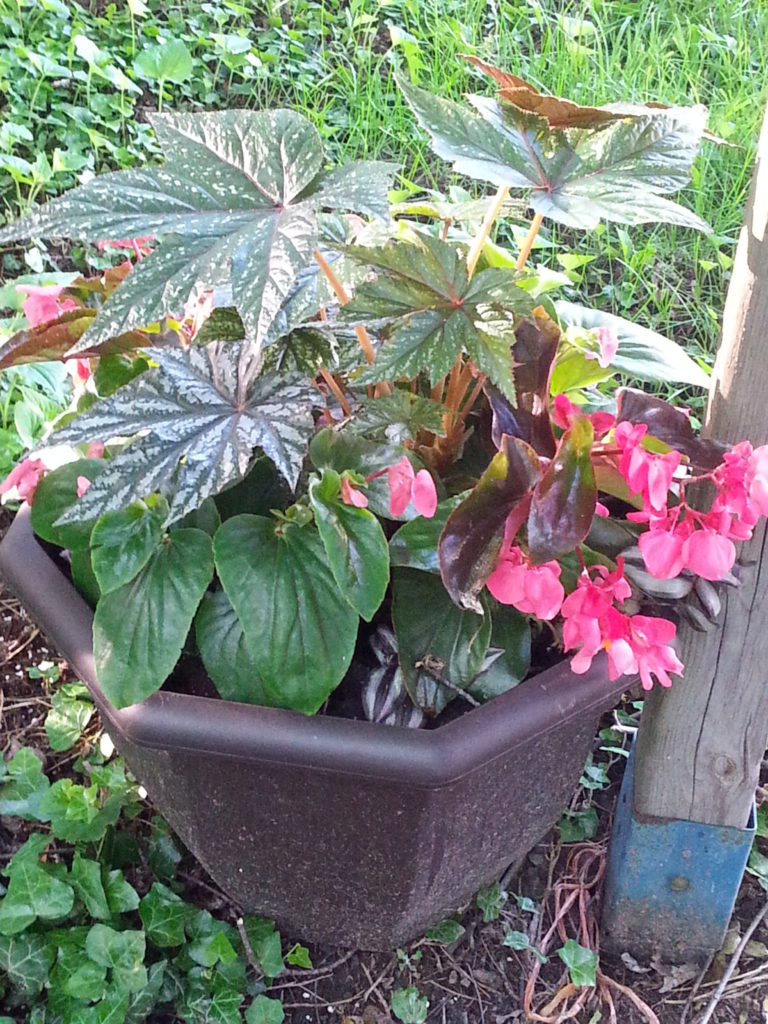
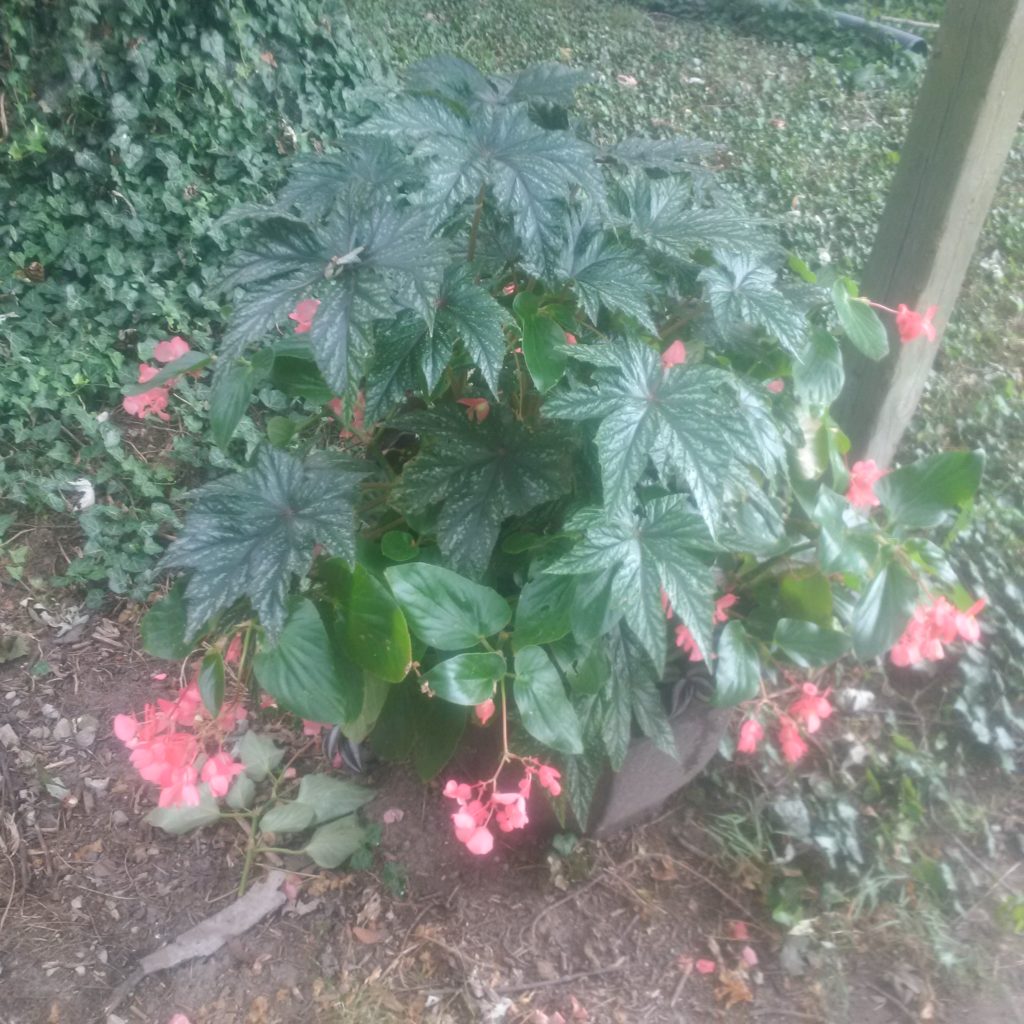
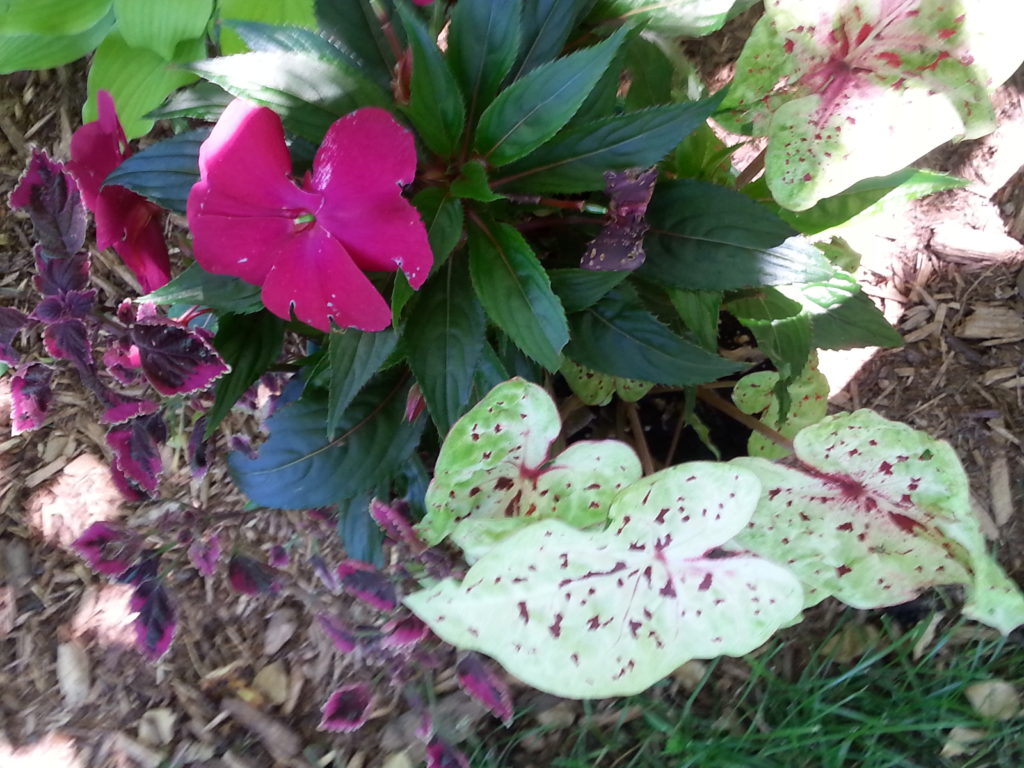
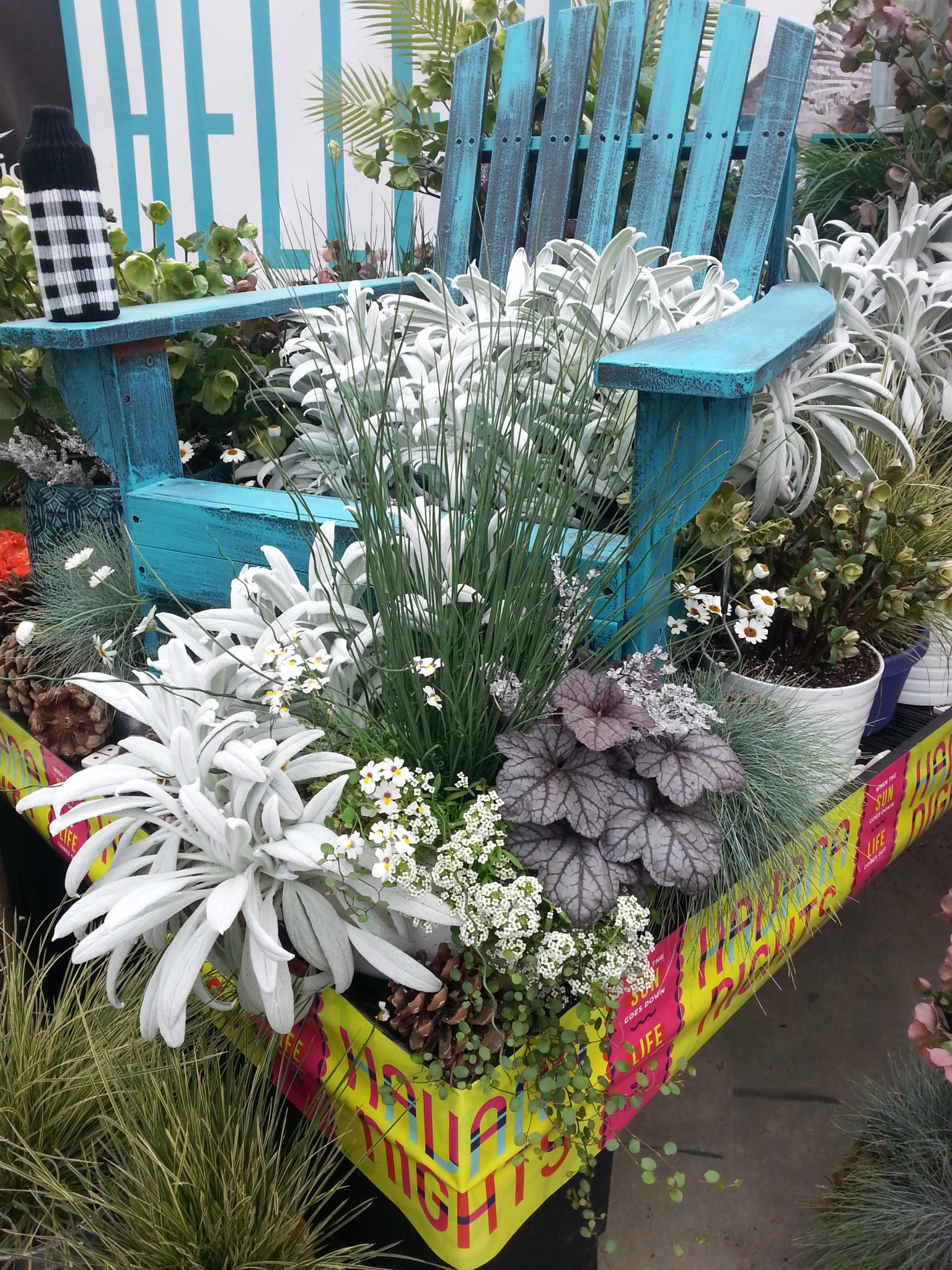 I first encountered Stachys Bello Grigio a year ago in California. The common name for Stachys is Lambs Ears, which is a pretty apt description of the soft furry leaves of these plants, but none of them are as crisply white as Bello Grigio.
I first encountered Stachys Bello Grigio a year ago in California. The common name for Stachys is Lambs Ears, which is a pretty apt description of the soft furry leaves of these plants, but none of them are as crisply white as Bello Grigio.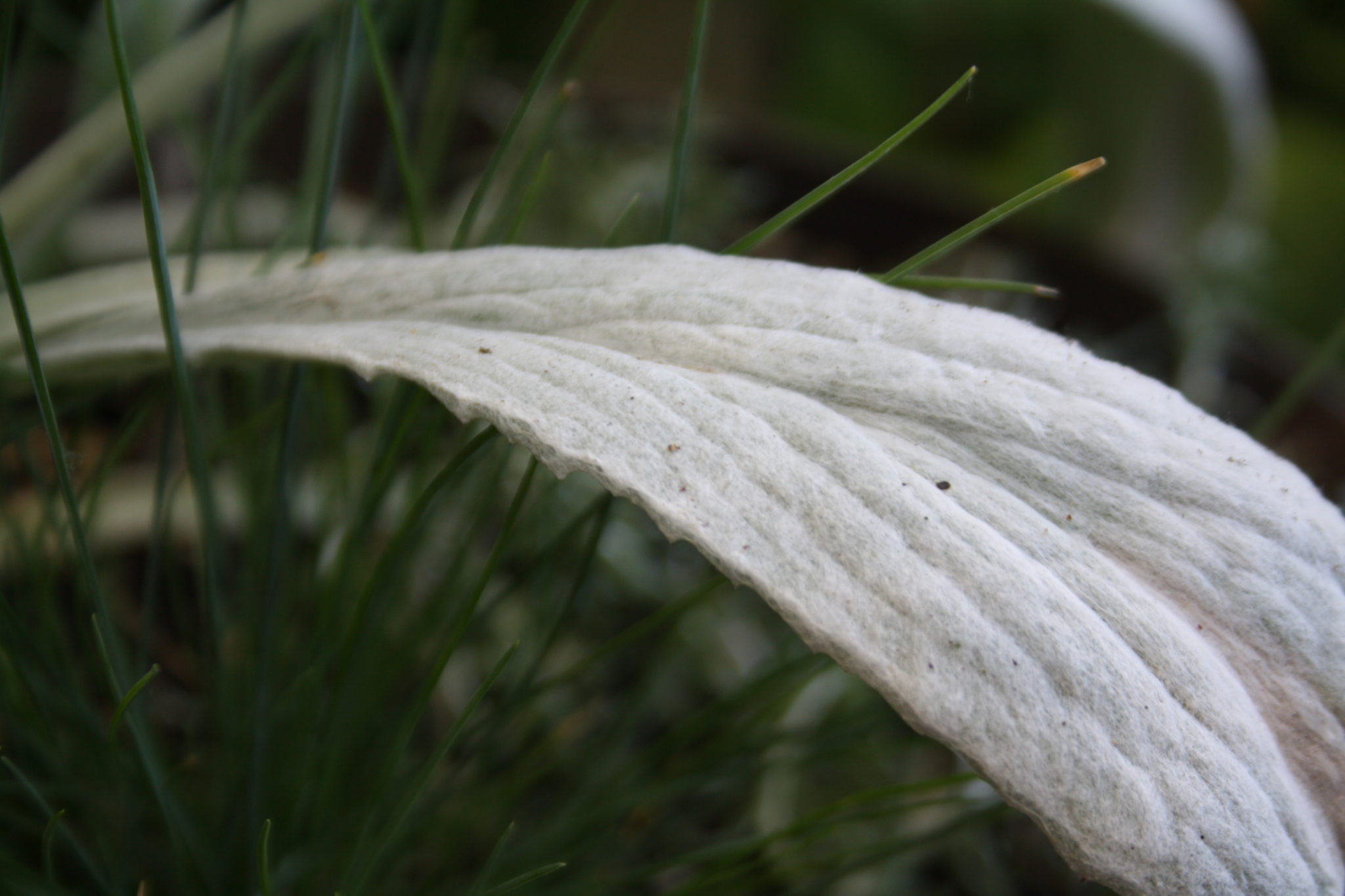 Bello Grigio immediately became my must have plant for the year. Except it was nearly unheard of – even on Google. This year I got lucky and managed to get two. I gave one to my mother and kept the other one.
Bello Grigio immediately became my must have plant for the year. Except it was nearly unheard of – even on Google. This year I got lucky and managed to get two. I gave one to my mother and kept the other one.